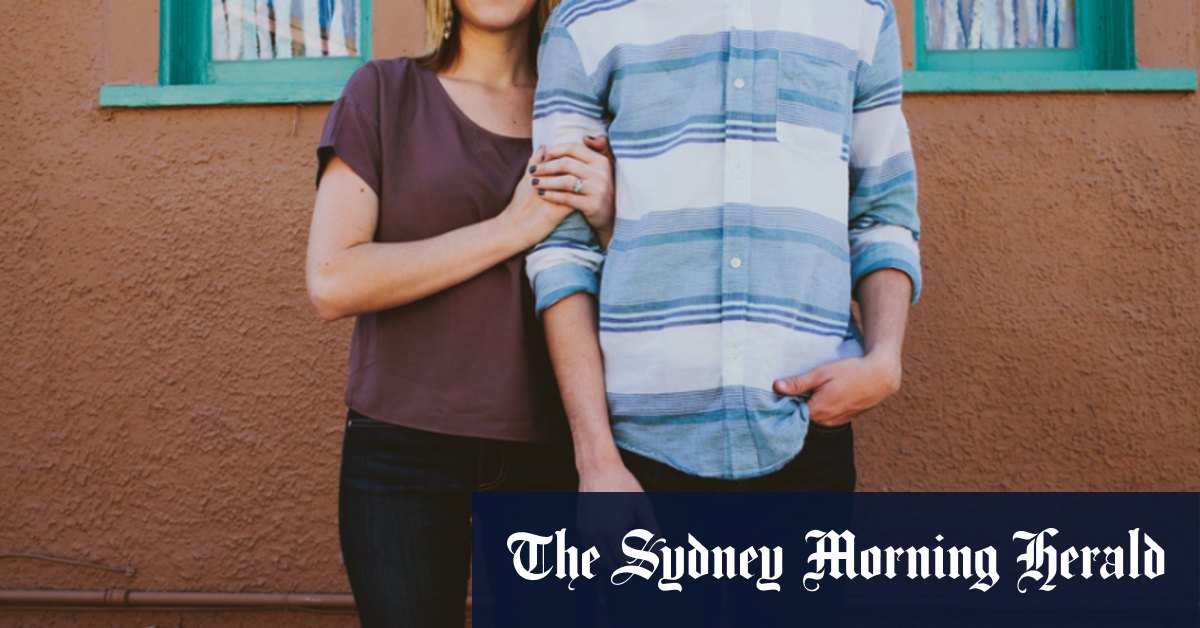“We do think there will be people who are going to struggle with these higher rates but it’s probably a small cohort at this stage,” she said.
First-time buyers using various government support measures clustered into particular parts of the country over the past three years. In Melbourne’s outer suburbs they included Cranbourne, Mickleham, Craigieburn and Mickleham while in Sydney they included Narellan, Camden and Riverstone.
The NSW central west city of Dubbo and the Logan-Beaudesert area of Brisbane also attracted large numbers of first-time buyers who used low deposit schemes to get a foothold into the property market.
While house prices soared 25 to 30 per cent nationally through the pandemic, some areas had only moderate increases. Those areas are now experiencing falls in values.
In Melbourne’s Toorak, values climbed by 11.1 per cent through the pandemic but have fallen 10 per cent over recent months. It’s a similar story in nearby Armadale (up by 11.6 per cent through the pandemic but down 10.4 per cent) and Hawthorn (13 per cent increase but a subsequent 8.6 per cent drop).
In Sydney, values lifted by 9.5 per cent in Lakemba through COVID but have since fallen 7 per cent. Macquarie Park values jumped by 17.5 per cent but have since gone backward by 11.9 per cent while in Chippendale values went up 18.2 per cent but have given back 10 per cent.
CoreLogic research director Tim Lawless said tougher serviceability tests introduced by banking regulators would take some sting out of the recent lift in rates, but there would be some pain for people who had most recently entered the property market.
“Considering the dual impact of higher interest rates alongside high rates of inflation for non-discretionary items such as fuel, food, renting and energy costs, the impact on households is likely to be broad-based,” he said.
“With the cost of debt rising, and with inflation so high, we are likely to see a lot of households needing to cut back on their discretionary spending to ensure they can meet their debt obligations and purchase essentials goods.”
loading
The most recent increase in interest rates has made an immediate impact on consumer sentiment.
The ANZ’s weekly measure of consumer sentiment fell by 4.5 per cent last week to its lowest level since April 2020 during the then-nationwide pandemic lockdown. Confidence among homeowners dropped by 7 per cent.
ANZ’s head of Australian economics David Plank said the confidence was being affected by the RBA’s interest rate increases.
“So far in 2022, household spending has been robust despite very weak consumer sentiment, with strong employment gains, high levels of household saving and a desire to travel more than offsetting concerns about the rising cost of living,” he said.
“It remains to be seen whether this divergence between confidence and spending can continue.”
Cut through the noise of federal politics with news, views and expert analysis from Jacqueline Maley. Subscribers can sign up to our weekly Inside Politics newsletter here.
